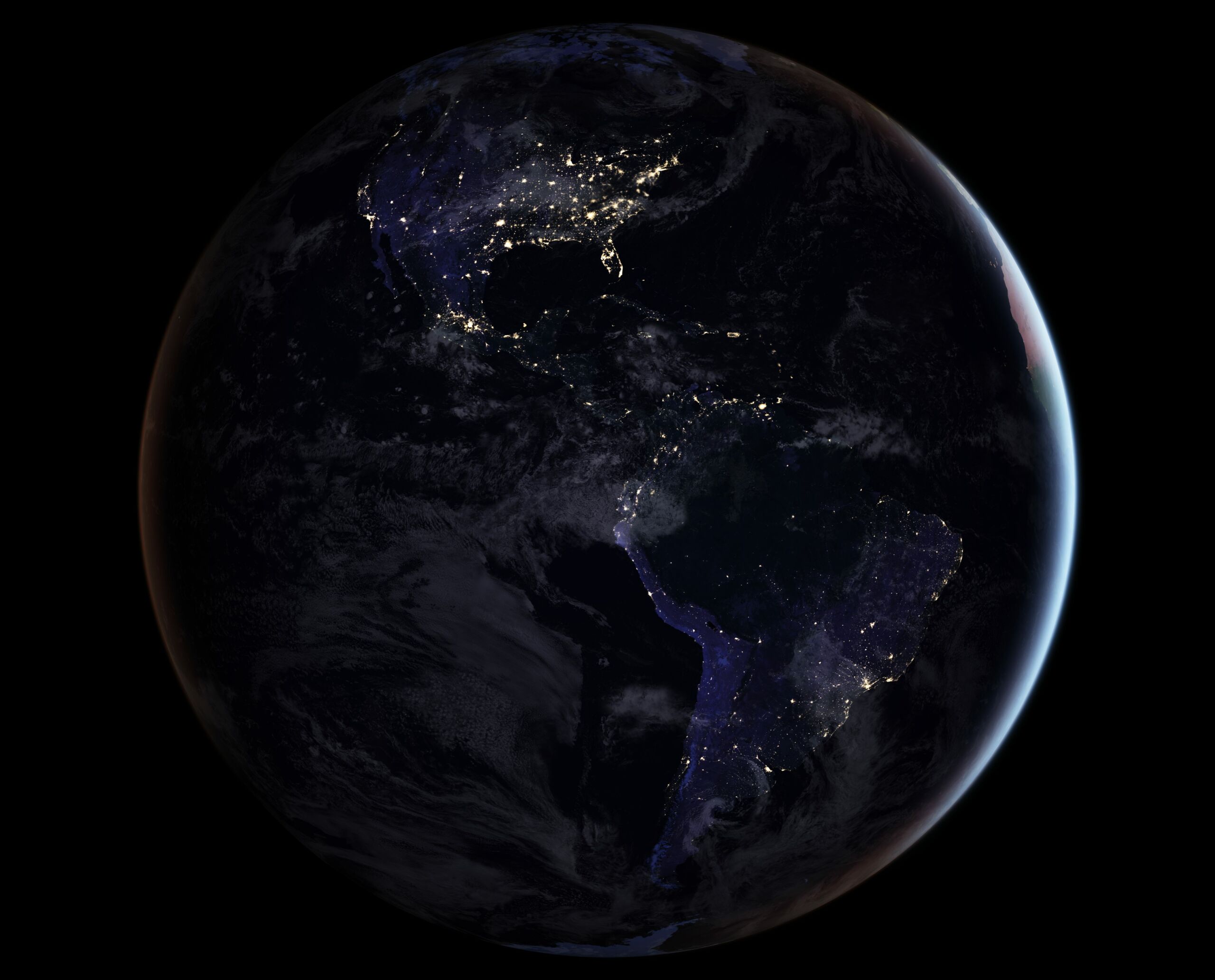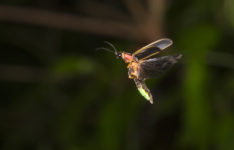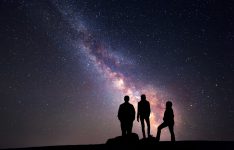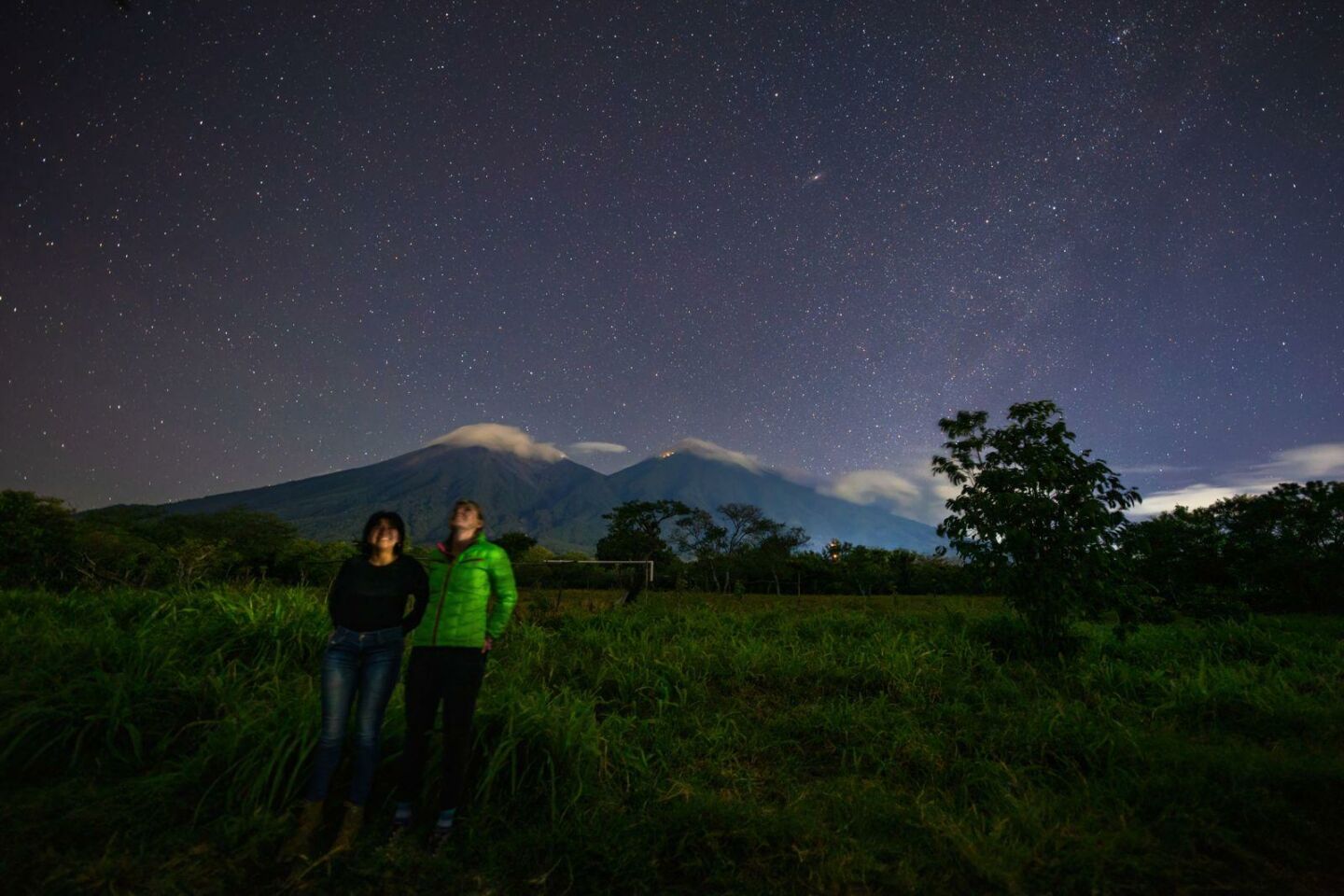
Protect Our Species from Light Pollution this Earth Day

Established in 1970, Earth Day has brought attention to the many issues impacting the environment for decades. The Earth Day Network estimates that over one billion people in 192 countries will take part in Earth Day celebrations today, participating in political action and civic engagement to protect the environment. This year, the theme of Earth Day is Protect Our Species.
The goal of this year’s Earth Day campaign is to emphasize the accelerating rates of extinction many species face around the globe while encouraging individuals to take action and governments to develop policies to address the issue. Human activity is directly linked to many causes of species extinction, such as habitat loss, pesticides, and pollution. Light pollution also has significant impacts on wildlife, as it exacerbates the stresses many species already experience. Learn more about how each of these species is impacted by light pollution:
Insects

Insects are very sensitive to artificial light at night (ALAN) which can affect their circadian rhythms, mating rituals, and ability to navigate. Studies have shown that lights at night impact nocturnal pollinators, including many species of moths. With severe declines in insect populations measured globally in the last few decades, this group is of particular concern, especially considering their place in the food web and their important role in pollinating many of the food crops integral to human diets.
Birds

Birds are another group facing the threat of global extinction. An article in the online magazine Yale Environment 360 reports that “40 percent of the world’s 11,000 bird species are in decline.” Some of the reasons for these declines are also related to light pollution. Studies have found that artificial light affects disease transmission in birds, birds’ ability to navigate during migration, and can also cause fatal collisions with buildings. Birds, like insects, play important roles in their ecosystems, vital in both agricultural production and nutrient cycling in natural systems.
Fish

Fish also play an important role in aquatic environments. They help make nutrients available to species lower in their food chains and make a significant contribution to human diets all over the world. Unfortunately, fish species are also being impacted by disappearing habitats and pollution, and some species of fish have been shown to be especially sensitive to light pollution. Studies on salmon have shown that ALAN affects both their susceptibility to predation and migratory behavior.
Sea Turtles

Of all the species threatened by shrinking habitats and light pollution, sea turtles are among the most at risk for extinction. Several turtle species are listed as either threatened or endangered in the U.S. and by international organizations, with populations rapidly declining over the past 100 years. Sea turtles are particularly impacted by light pollution, as their hatchlings often become confused by the bright lights of cities as they attempt to navigate from their nests on land to their home in the ocean.
YOU Can Make a Difference

According to research scientist Christopher Kyba, for nocturnal animals, “the introduction of artificial light probably represents the most drastic change human beings have made to their environment.” While this may be a challenging reality to digest, there is a silver lining. Unlike other forms of pollution, light pollution is reversible and we can all be a part of the solution. Here’s how you can help:
- Educate others about light pollution by sharing this article or requesting free IDA outreach brochures.
- Protect the natural nighttime environment for insects, birds, fish, and turtles by addressing the lighting around your home or business. Make sure you are only using lighting when and where you need it, and replace necessary lighting with IDA dark sky approved fixtures.
- Help the International Dark-Sky Association continue protecting wildlife, the environment, human health, and our cultural heritage by becoming an IDA Member.
What better day than Earth Day to join the movement to protect our species from light pollution?



















